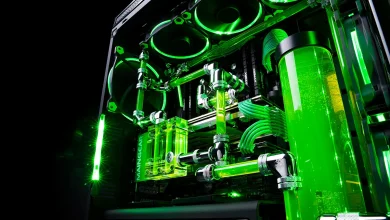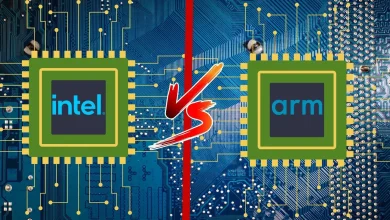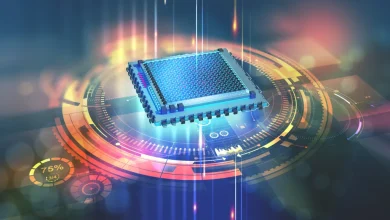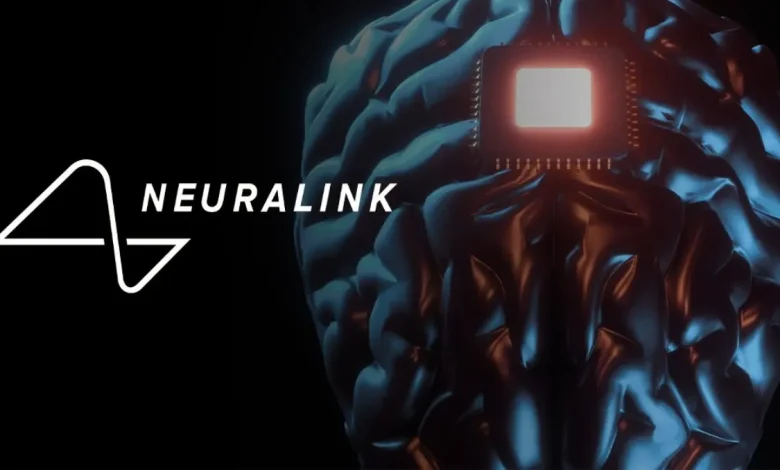
Neuralink Brain Implant Lets ALS Patients Speak Again
Neuralink brain implant gives ALS patients a new way to communicate, bypassing physical limitations with breakthrough neural technology.
The Neuralink brain implant from Neuralink has restored communication to an ALS patient which represents a breakthrough in helpful technology. Brad Smith received Neuralink’s brain implant making him the world’s third person together with ALS patient and achieving this first.step.
By means of telepathy-like communication Smith has gained the ability to express his thoughts despite being completely non-verbal. Through the Neuralink brain implant he shifted away from his previous use of eye-gaze software to operate his MacBook Pro and the artificial intelligence system creates speech that imitates his voice.
Breakthrough in Communication
Through an online video Smith showed his progress. Through the video clip he demonstrates his ability to control the device solely by thinking because of the Neuralink brain implant fitted in his head. Through the new interface he can express his ideas both fast and smoothly at the highest level since its inception. Through eye-control before this device he communicated at a slow pace which left him exhausted.
Neuralink brain implants function as designed by Elon Musk’s company to interpret signals originated in the movement control areas of the brain. Users with severe motor impairments can benefit from interacting with devices through their mind’s intention to perform actions.
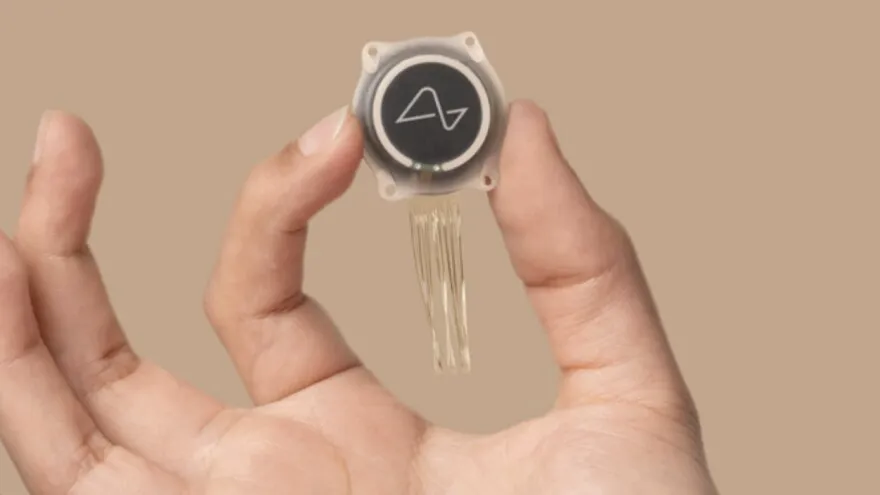
Ongoing Trials and Developments
The Neuralink implant that Smith received belongs to the PRIME research program of Neuralink. The first Neuralink brain implant surgery involved Noland Arbaugh who played chess and video games as a 29-year-old quadriplegic patient. The second patient named Alex operates their brain implant as a platform to design 3D models.
Neuralink received authorization for clinical trial evaluations of their brain implant in Canada during the late period of 2024. The surgeons conducting the procedural implantations in the CAN-PRIME trial need to evaluate how the brain implant functions alongside the robotic system that facilitates its surgical insertion. The robotic system shows remarkable accuracy when it places ultra-thin wires into the brain tissue.
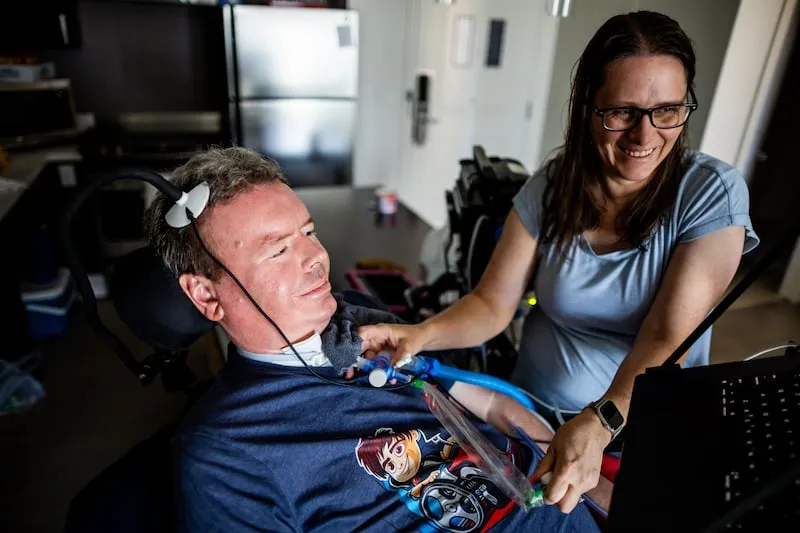
Final Thought
The Neuralink brain implant shows potential to help patients recover eyesight in addition to treating ALS patients. On its path to FDA breakthrough status stands Blindsight which performs visual cortex stimulus. Neuralink has launched CONVOY as a feasibility study to test controlling robotic limbs remotely using the Neuralink brain implant.
After Brad Smith’s practical application of the Neuralink implant science fiction has shifted into real-world technology. The developing field now presents fresh medical possibilities and assistive technology capabilities for deeply disabled individuals.

